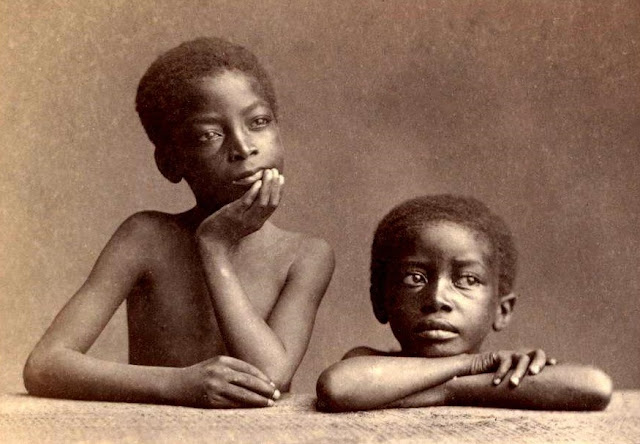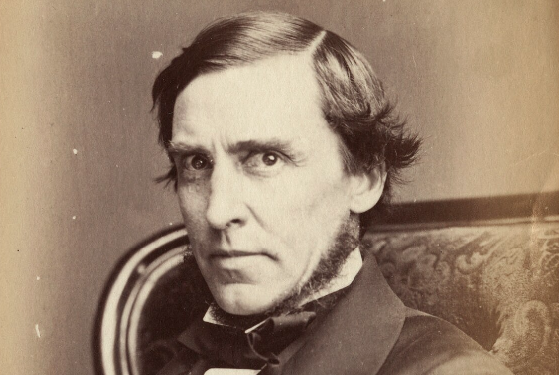Jingles Sell, Minstrels Tell.

Here's the racist behind the popular Christmas carol Jingle Bells . Jingles Sell, Minstrels Tell. What happens when you find out that your favorite Christmas carol was written by a racist to be performed in racist style? Childhood ruined. James Lord Pierpont (1822-1893), the uncle of billionaire banker J. P. [John Pierpont] Morgan (1837-1913), also happens to be the man that wrote and composed the holiday song Jingle Bells . A quick internet search for the background to the song will reveal that Pierpont wrote it in 1857 a few years before the outbreak of the U.S. Civil War. One might even find that the song was inspired by an actual American sleigh racing tradition, but was likely intended for Thanksgiving rather than Christmas. What is not so apparent is the fact that Pierpont was a racist, whose lyrics for even his most popular tune were not meant for children . Here's what the original tune for Jingle Bells sounded like: You will notice that Pierpont's arrangement wa...





